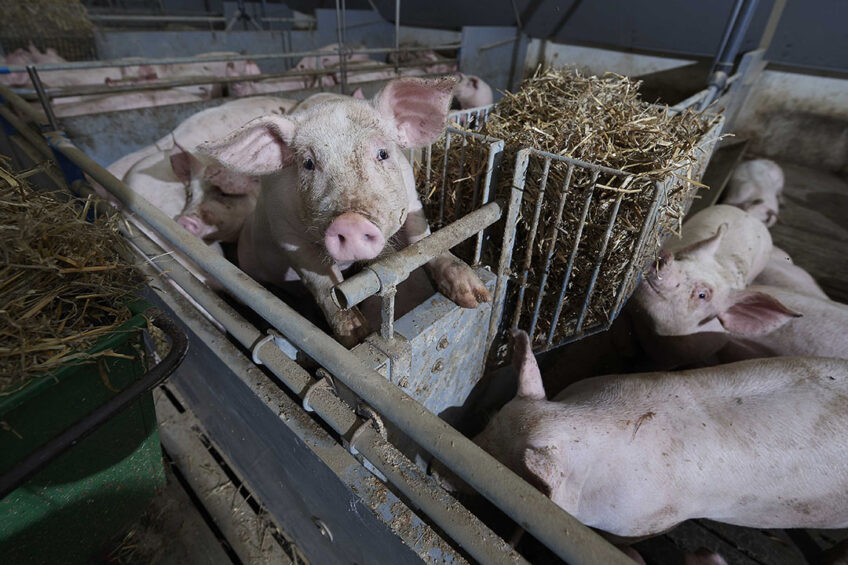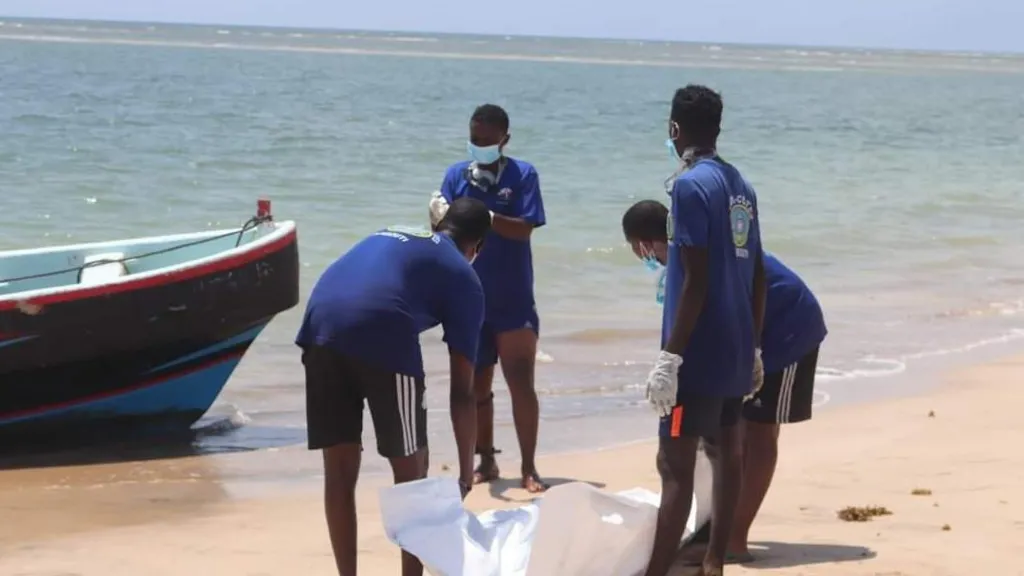According to the World Health Organization (WHO), children represent 10% of murder victims and 32% of rape victims in Namibia each year.
These disturbing statistics underline the alarming prevalence of child violence, with many cases going unreported and survivors often lacking necessary support. Despite these figures, efforts are underway to improve the identification and response to child maltreatment in the country.
A key initiative in addressing this issue has been the training of health workers and law enforcement officers on WHO’s clinical handbook for child maltreatment. This training equips professionals with the tools needed to better identify and support young victims of violence.
Supported by the Government of Japan, Namibia has become the first African country to adopt this handbook, a major step in strengthening the country’s child protection efforts.
Dr. Julia Kaiyamo, a doctor at Katutura Health Centre in Windhoek, is one of the healthcare professionals benefiting from the training. Her recent case involving a three-year-old child is a testament to the effectiveness of the training.
By recognizing discrepancies in the father’s account of the child’s injuries, Dr. Kaiyamo involved a social worker, ensuring the child received appropriate care and protection.
In addition to the training, Namibia has set up child protection forums at various administrative levels to foster collaboration across different sectors. These efforts aim to reduce the prevalence of child abuse and ensure that all children at risk receive the protection and support they need.
As WHO Representative in Namibia, Dr. Richard Banda, notes, “The adaptation of the clinical handbook will further support the implementation of the National Agenda for Children and strengthen the capacity of the health workforce to provide quality care for children at risk of maltreatment.”








